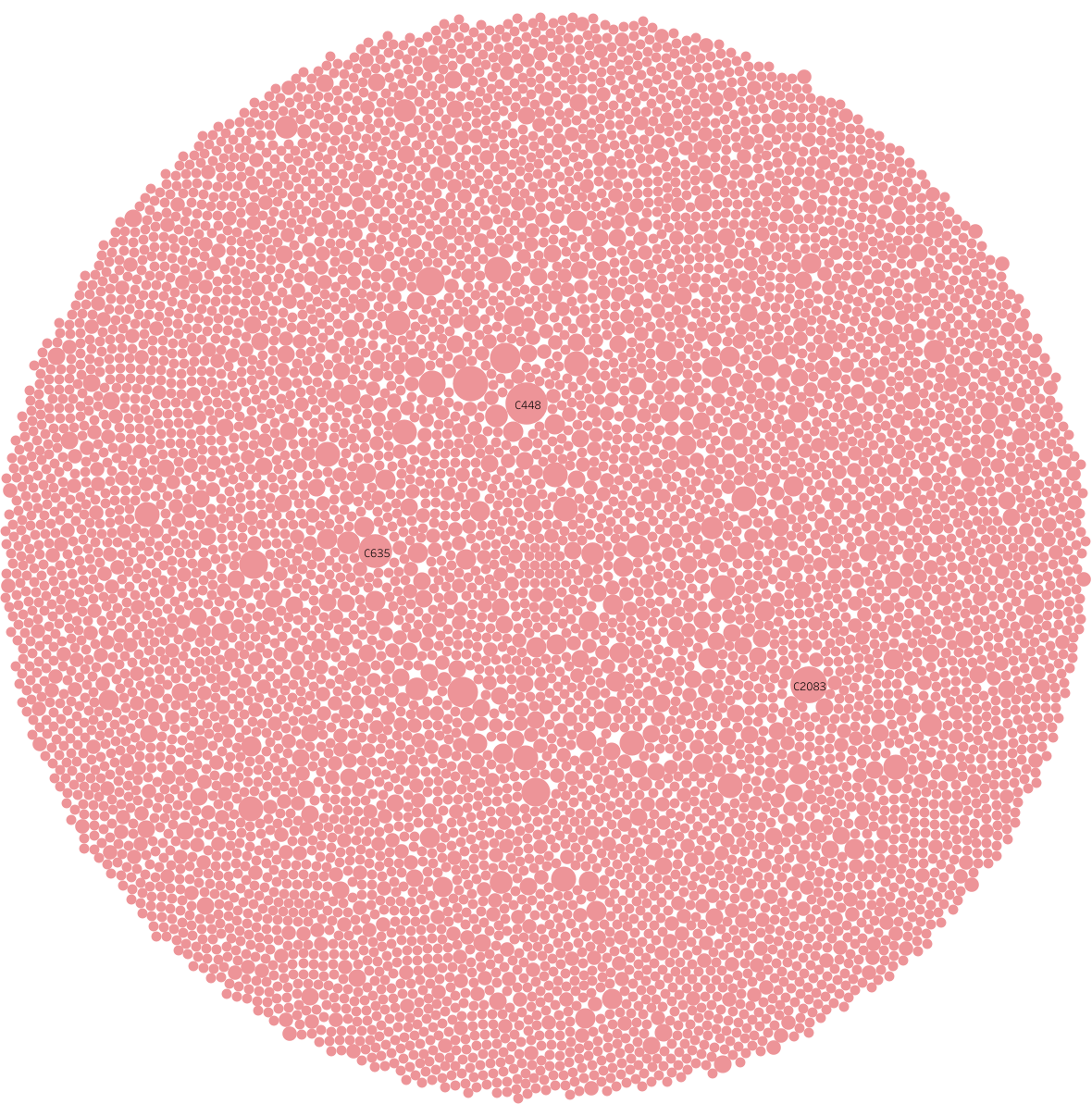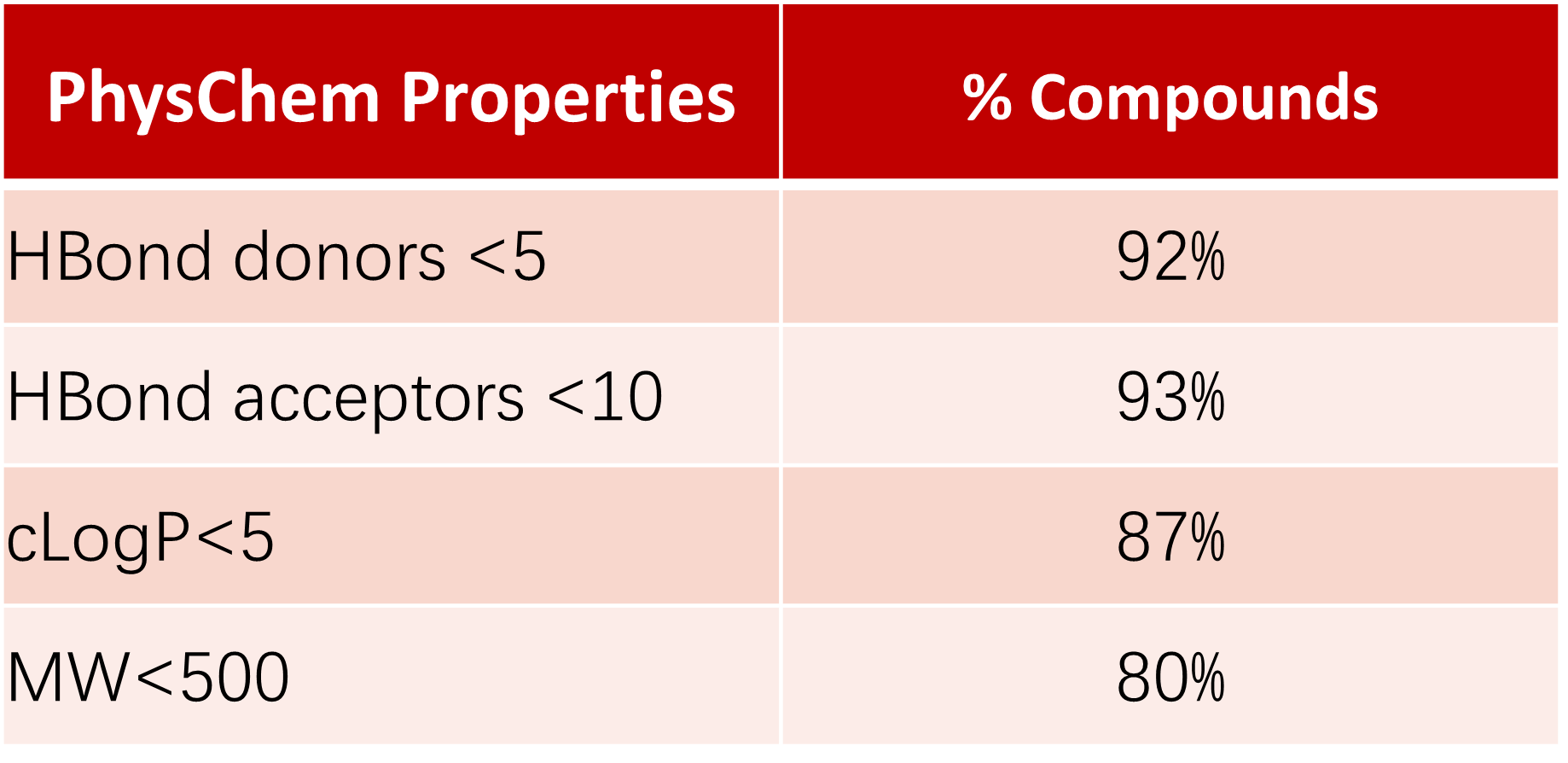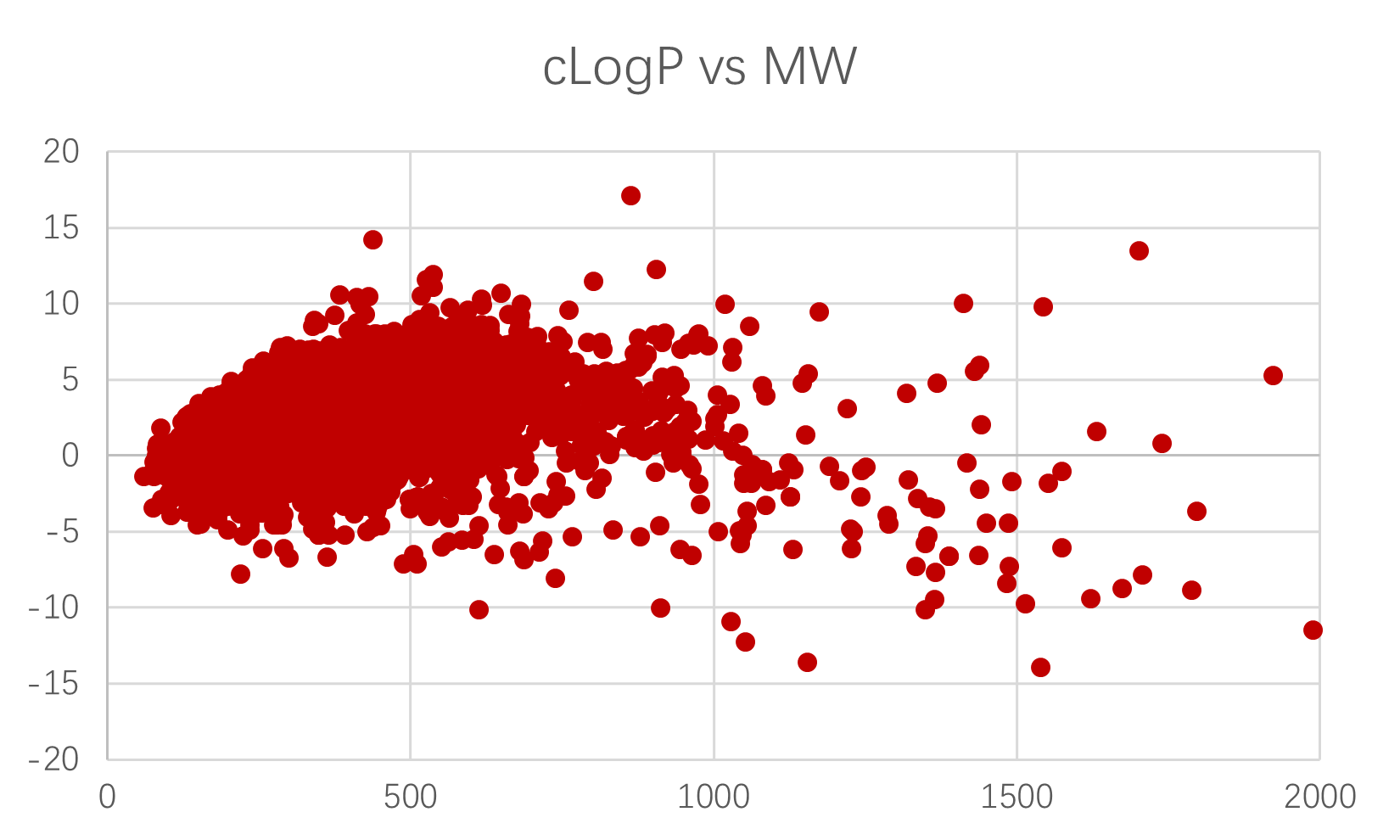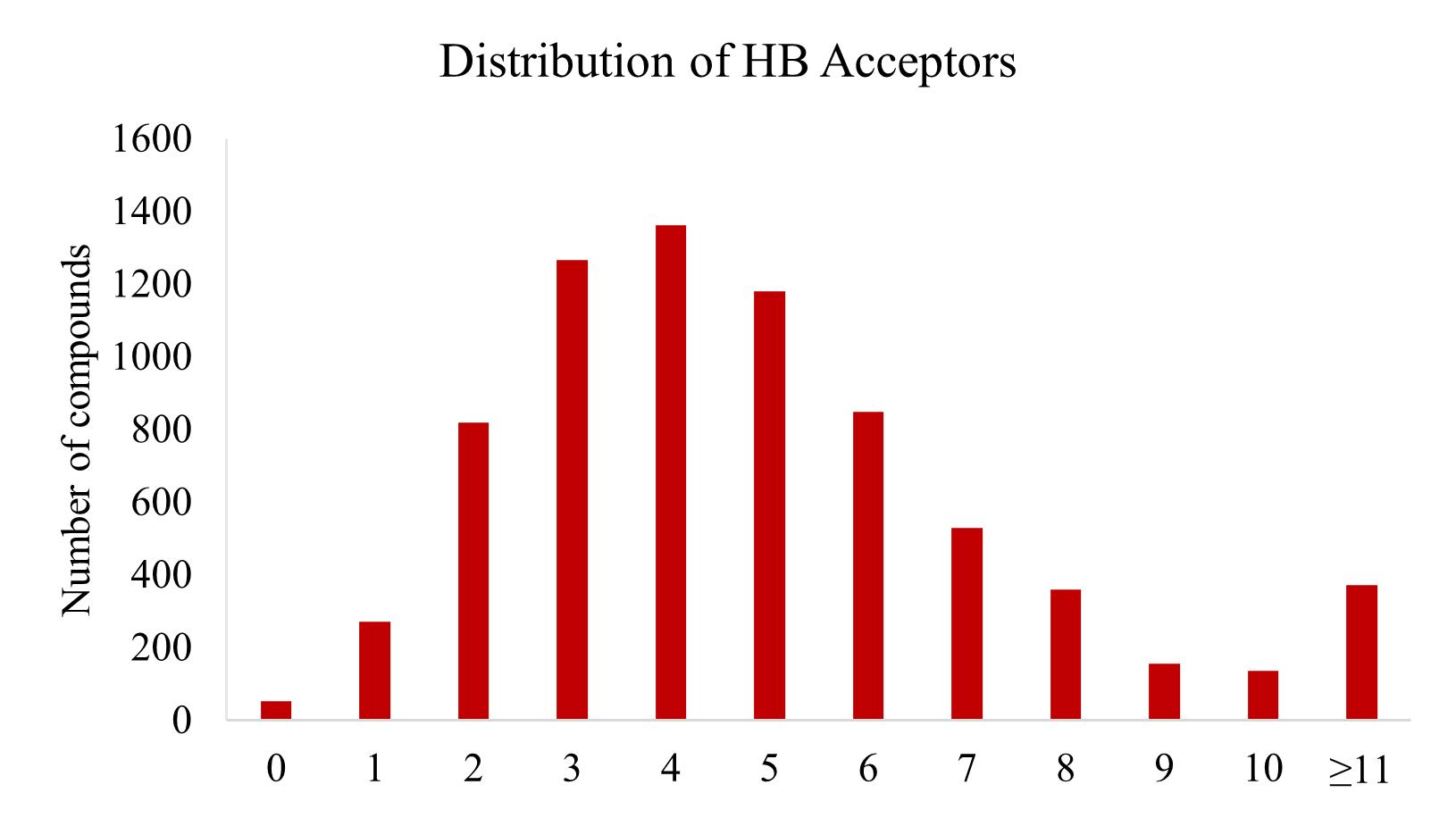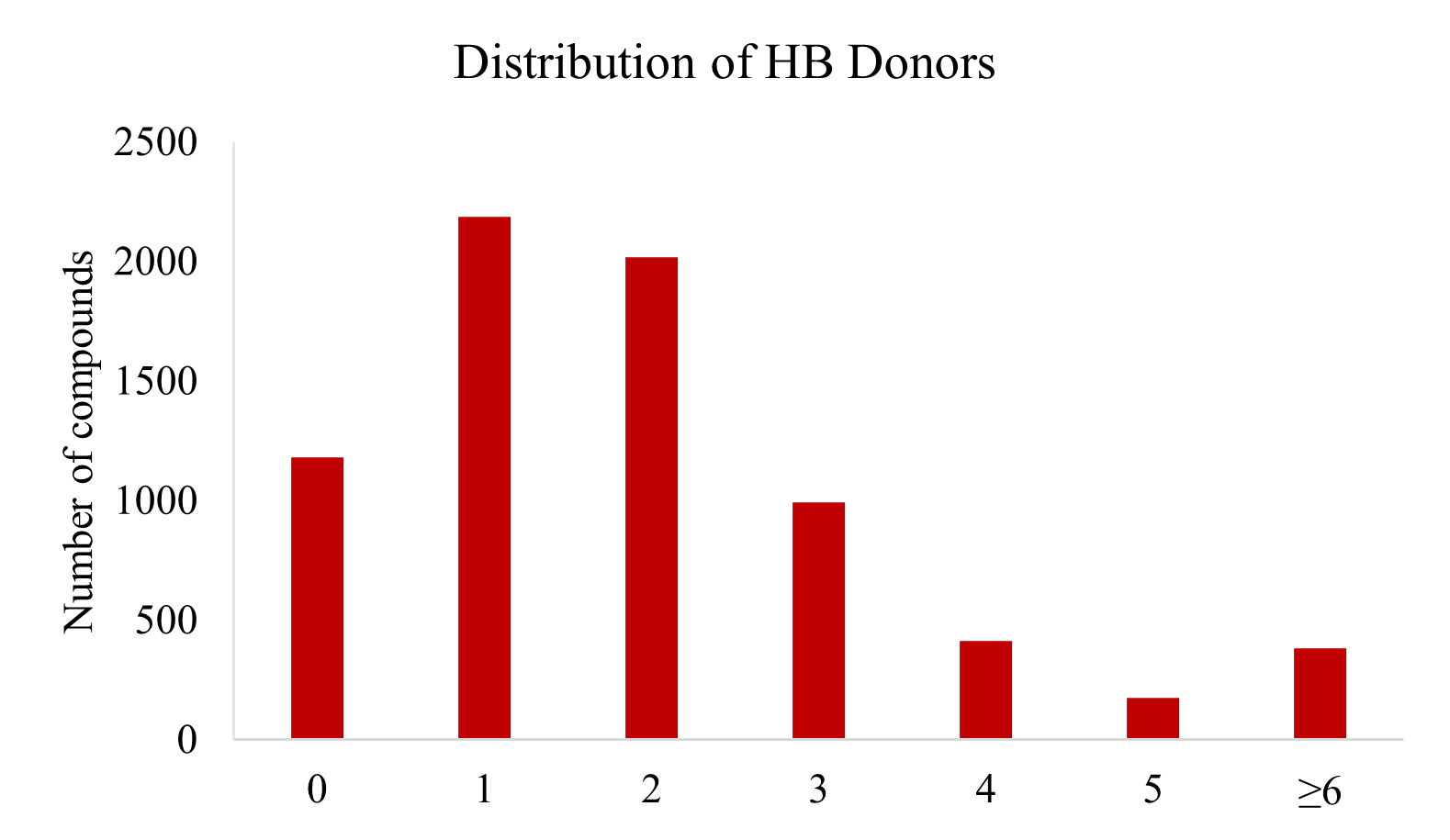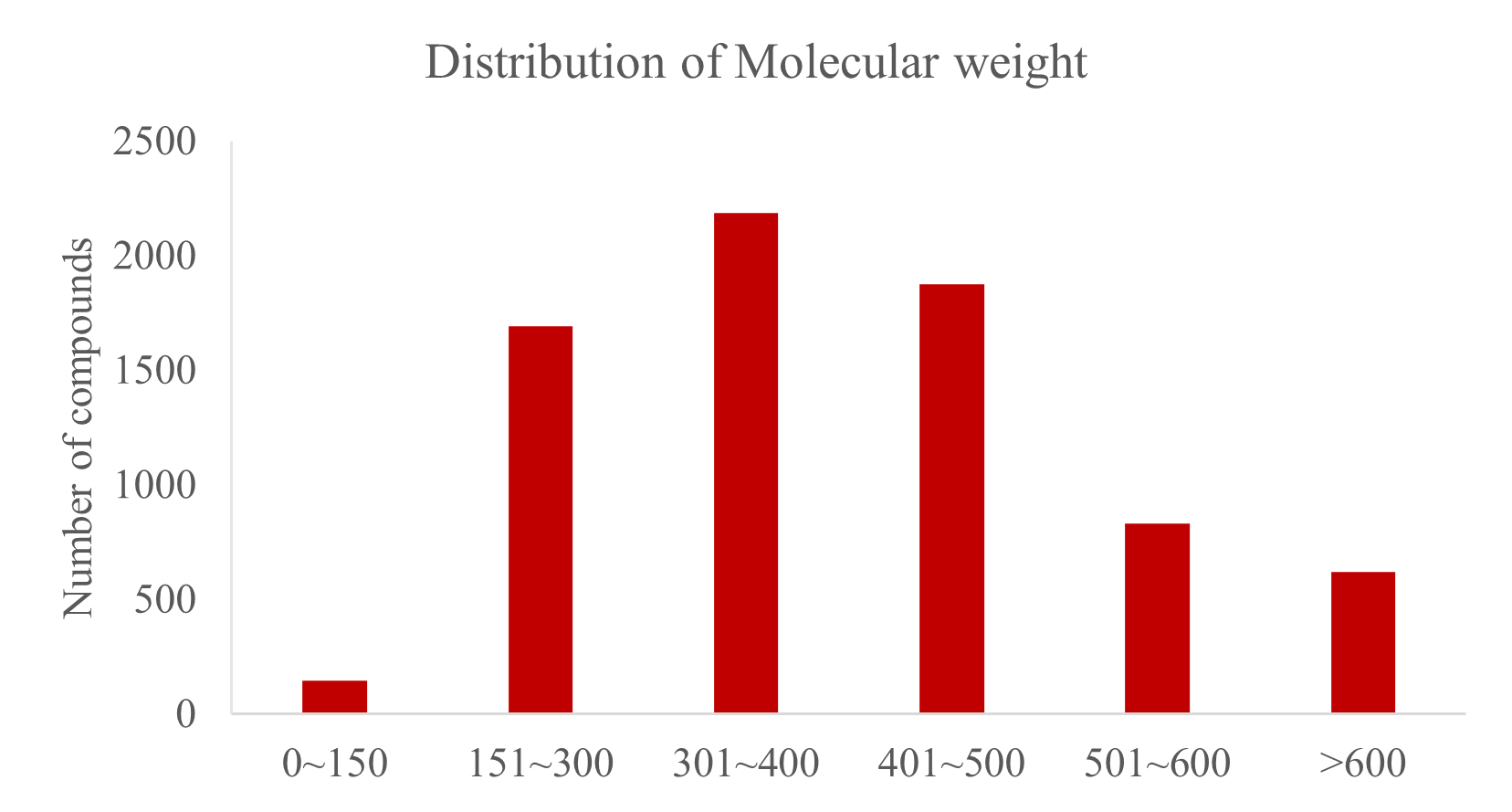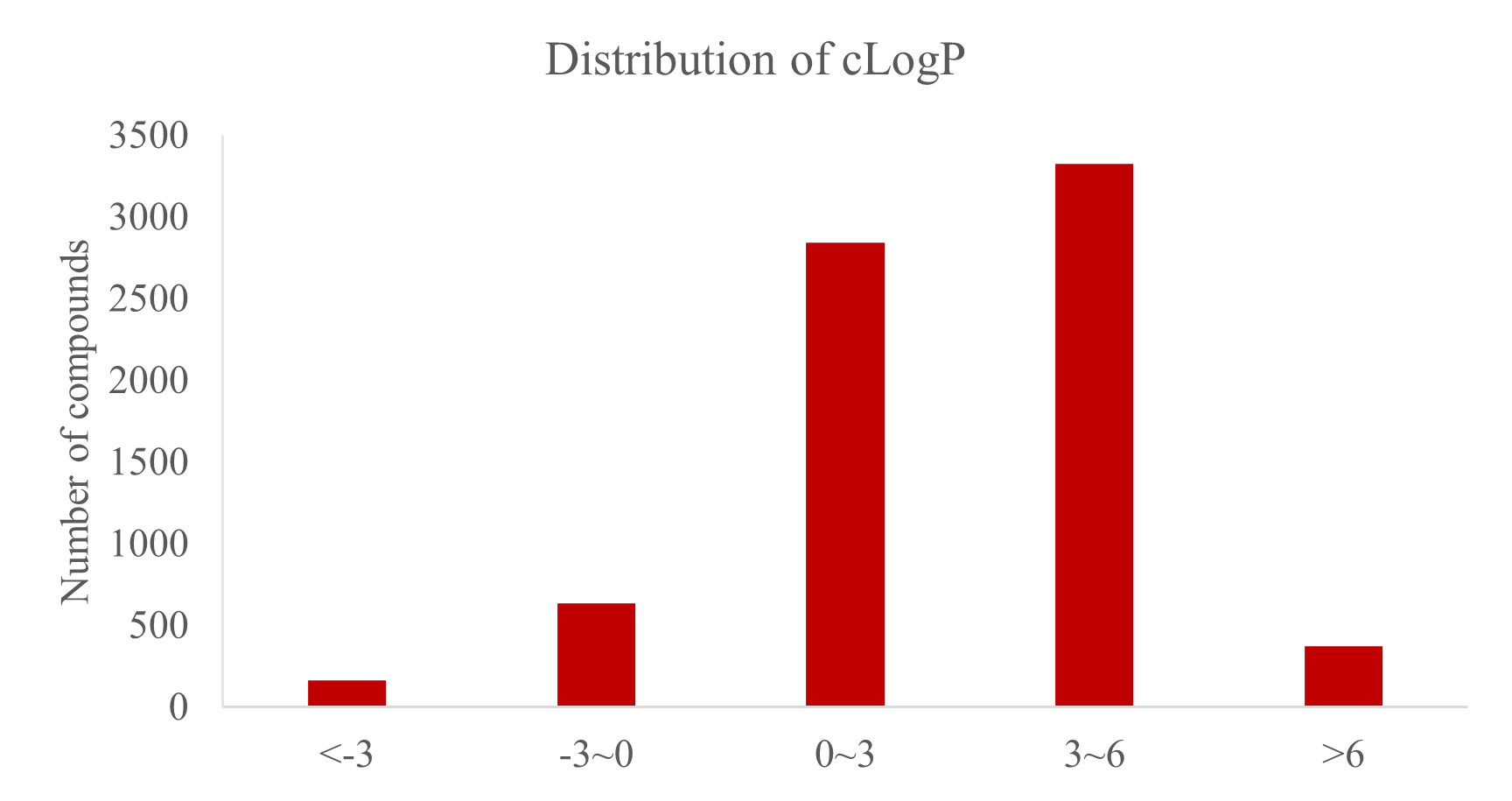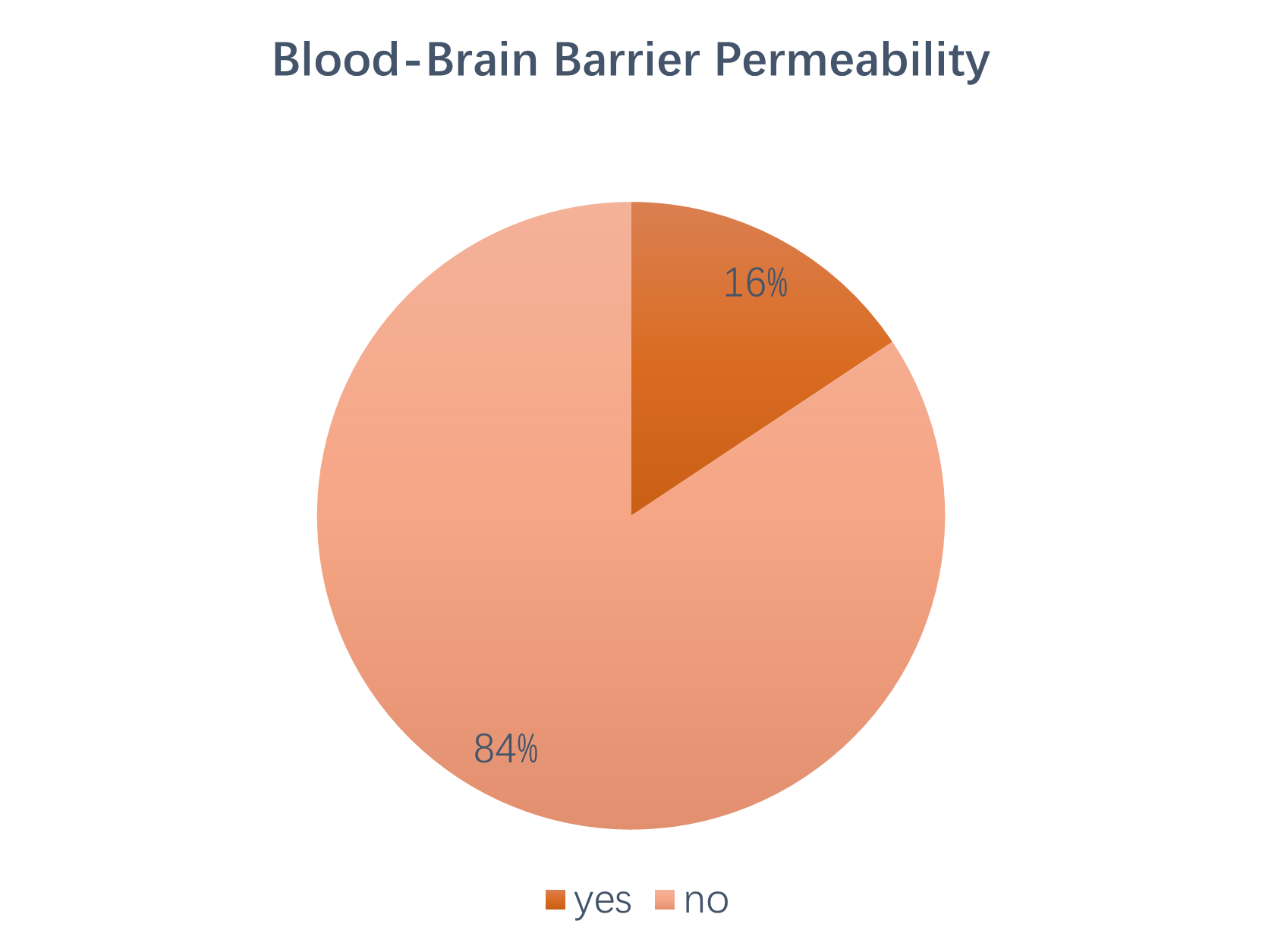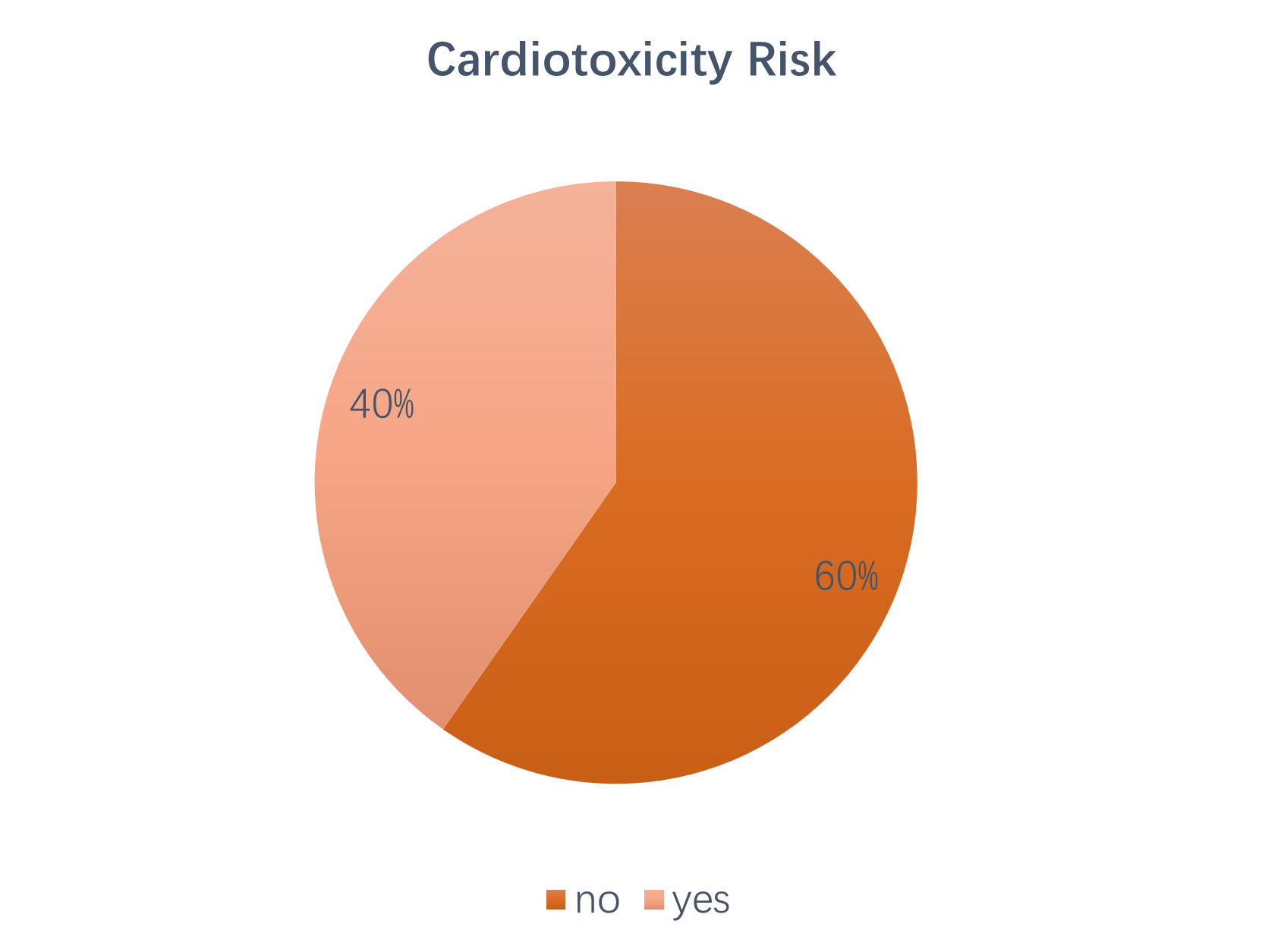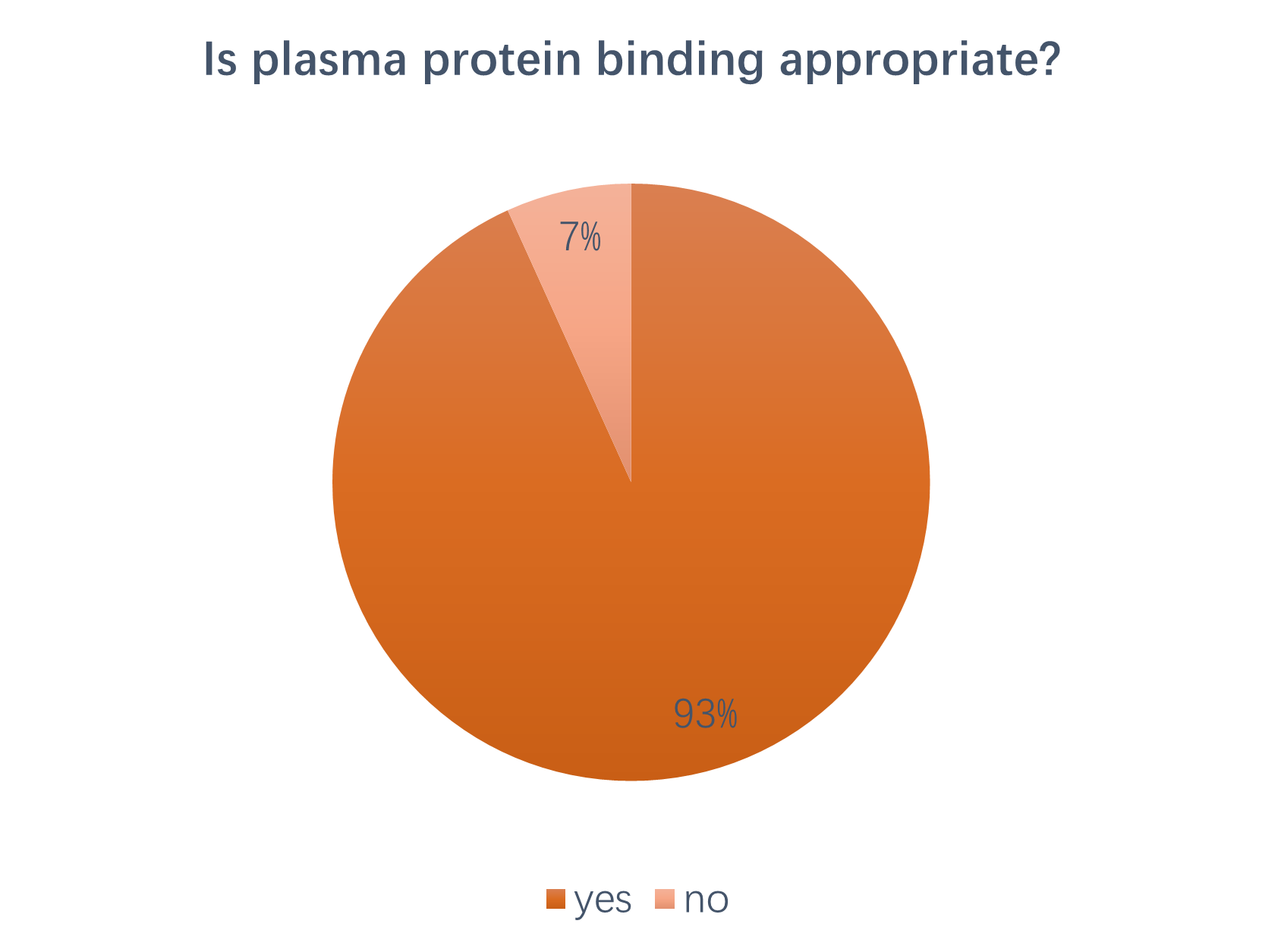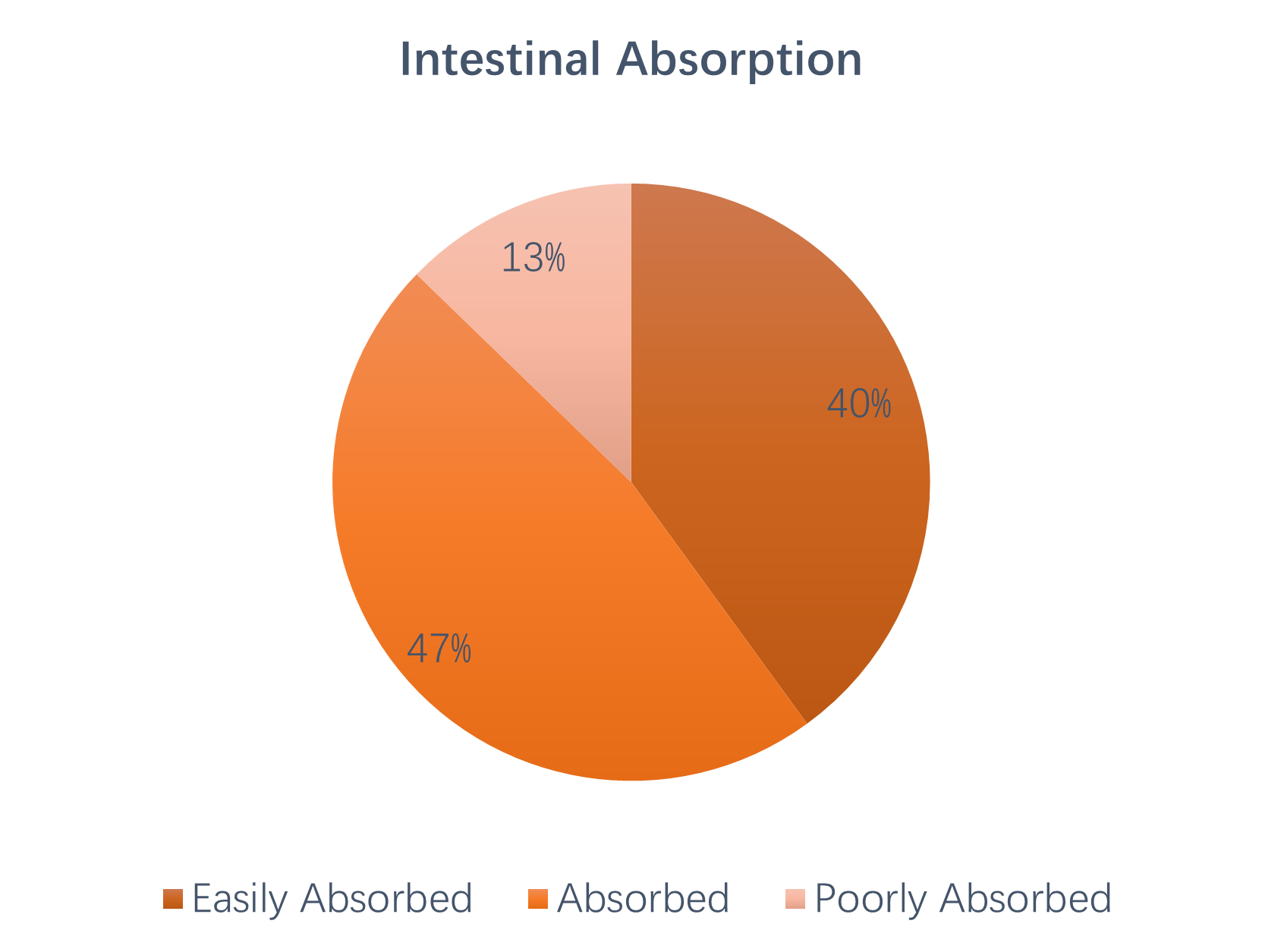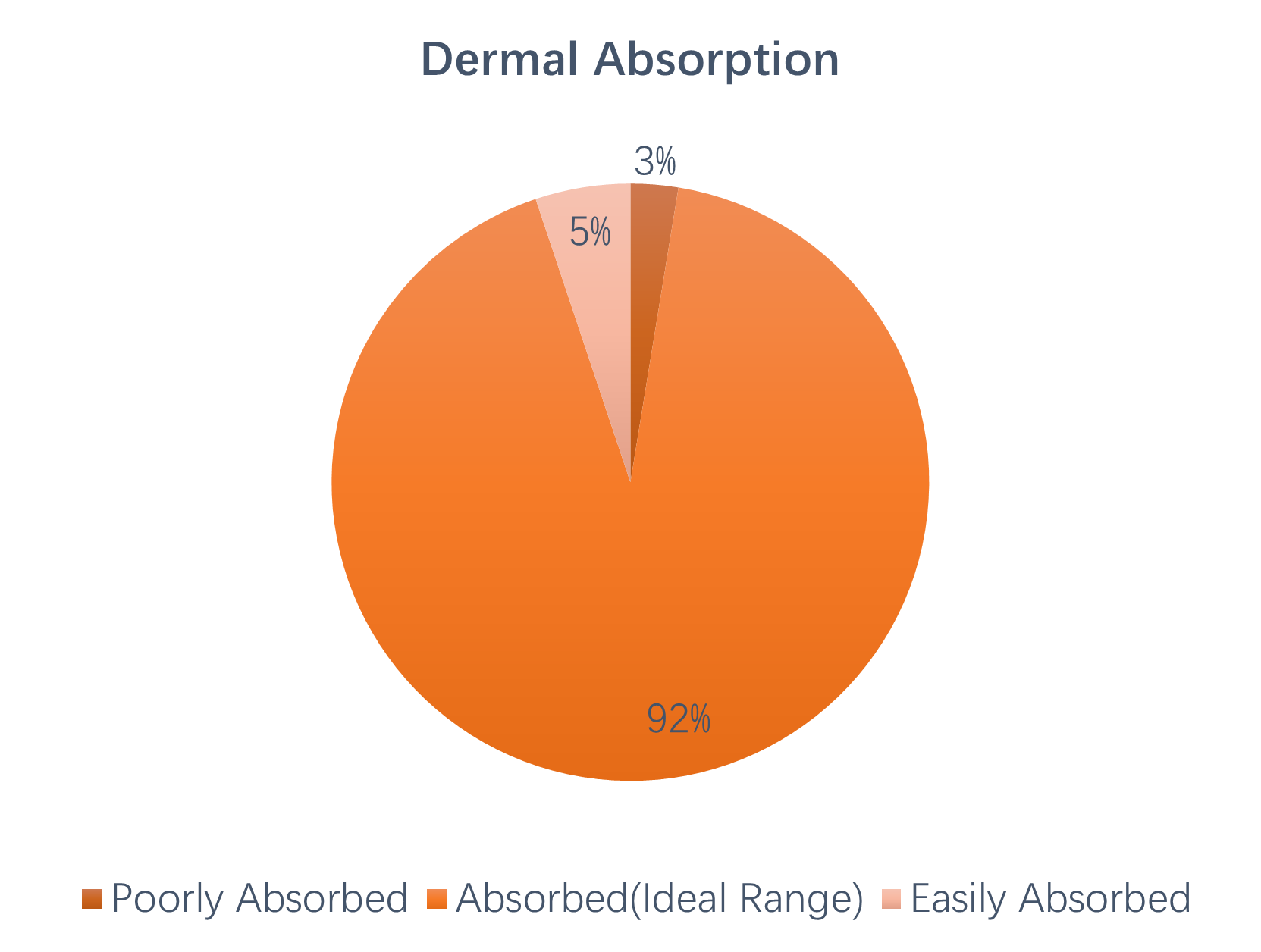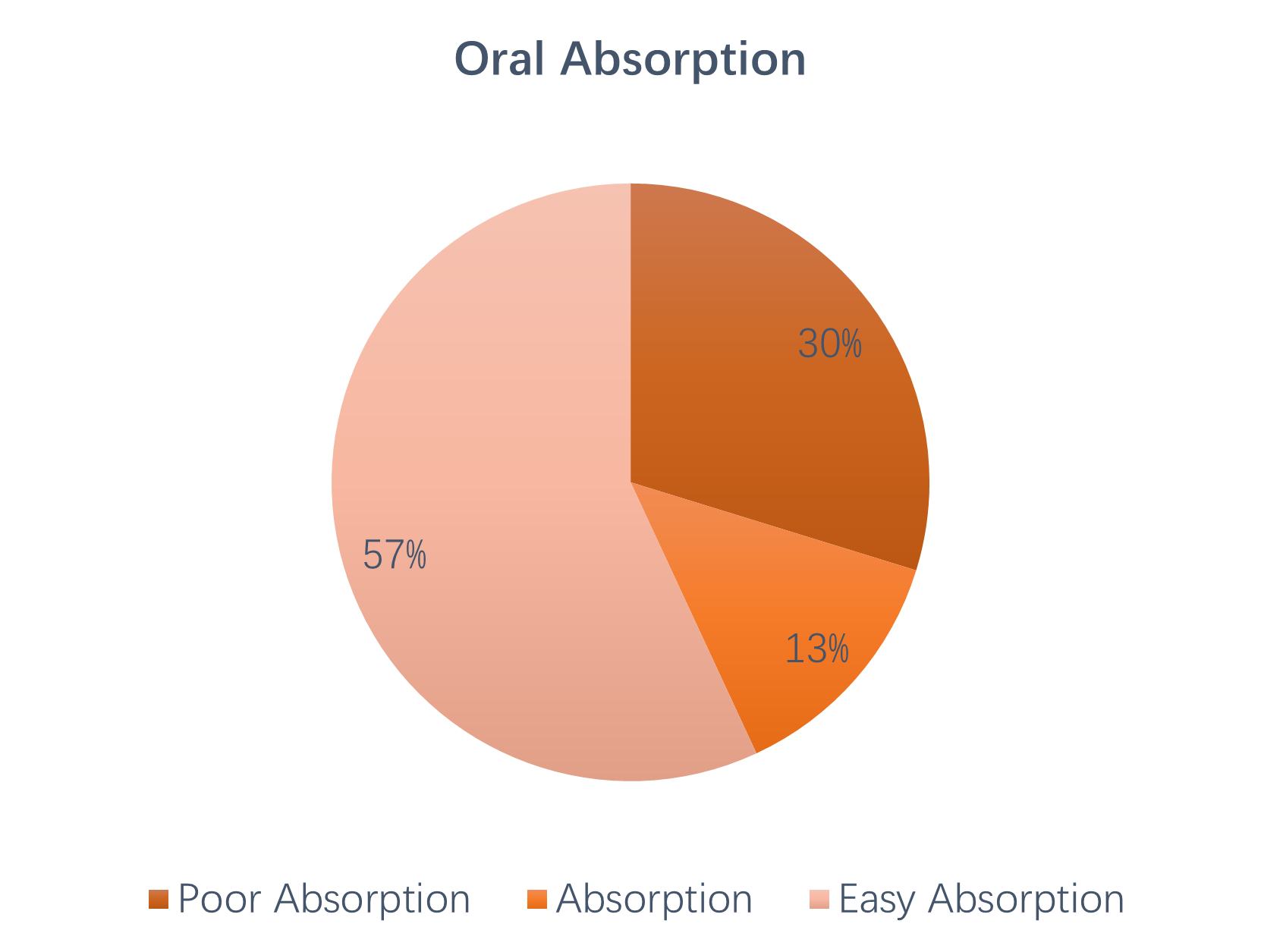High-Standard Entry Criteria
TargetMol’s Anti-Cancer Compound Library is curated with stringent entry criteria to ensure that every compound in the collection is structurally well-defined and of high purity. Multiple analytical techniques—such as NMR, HPLC, and LCMS—are employed to verify compound integrity. Through a rigorous multi-step screening process, we exclude compounds with ambiguous structures (e.g., mixtures and polymers)
Significant Structural Diversity
The TargetMol’s Anti-Cancer Compound Library features remarkable structural diversity, offering significant advantages in drug discovery. Based on an 85% MACCS fingerprint similarity analysis, the library can be divided into 7,635 clusters, covering a broad chemical space. It contains a wide variety of compounds, ranging from simple to complex chemical structures. This diversity provides extensive possibilities for identifying lead compounds with high affinity and specificity toward target proteins, greatly facilitating drug innovation. Whether aimed at traditional drug targets or emerging and more challenging ones, the Anti-Cancer Compound Library offers a rich pool of candidate compounds to accelerate drug development.
Library Diversity Analysis
Superior Drug-likeness
70% compounds in this library comply with Lipinski’s “Rule of Five” (Ro5), indicating favorable bioavailability and permeability.
Multidimensional Pharmacokinetic Analysis
The Anti-Cancer Compound Library underwent multidimensional ADMET prediction and evaluation, with a systematic analysis of the following six key pharmacokinetic parameters: blood-brain barrier permeability, cardiac toxicity risk (HERG K+ channel inhibition), plasma protein binding affinity, oral absorption, intestinal absorption, and dermal absorption.
Comprehensive Target Coverage
The Anti-Cancer Compound Library includes approximately 1,800 marketed drugs (L2110 Anti-Cancer Approved Drug Library), of which nearly 400 are specifically approved for cancer treatment, such as chemotherapeutics Paclitaxel and Gemcitabine, as well as targeted therapies Gefitinib and Afatinib. It also contains about 2,600 clinical-stage small-molecule drugs (L2120 Anti-Cancer Clinical Compound Library), including more than 900 candidates currently in clinical trials for cancer therapy.
In addition, the library features compounds reported in the literature to have anti-cancer activity, as well as screening compounds with potential anti-cancer properties. These span a wide range of targets, including kinase-related targets such as EGFR, JAK, FAK, FGFR, Bcr-Abl, ROCK, VEGFR, PDGFR, AKT, ALK, MET, RET, B/C-Raf, B-Raf, BTK; epigenetic regulation targets such as DNMT, HDAC, SIRT, HMT, METTL; and multiple key signaling pathways including PI3K/AKT/mTOR, Jak/STAT, MAPK, and GPCR.
The library also contains around 1,800 natural products derived from plants, animals, and microorganisms. Altogether, it provides comprehensive support for anti-tumor drug discovery and research.
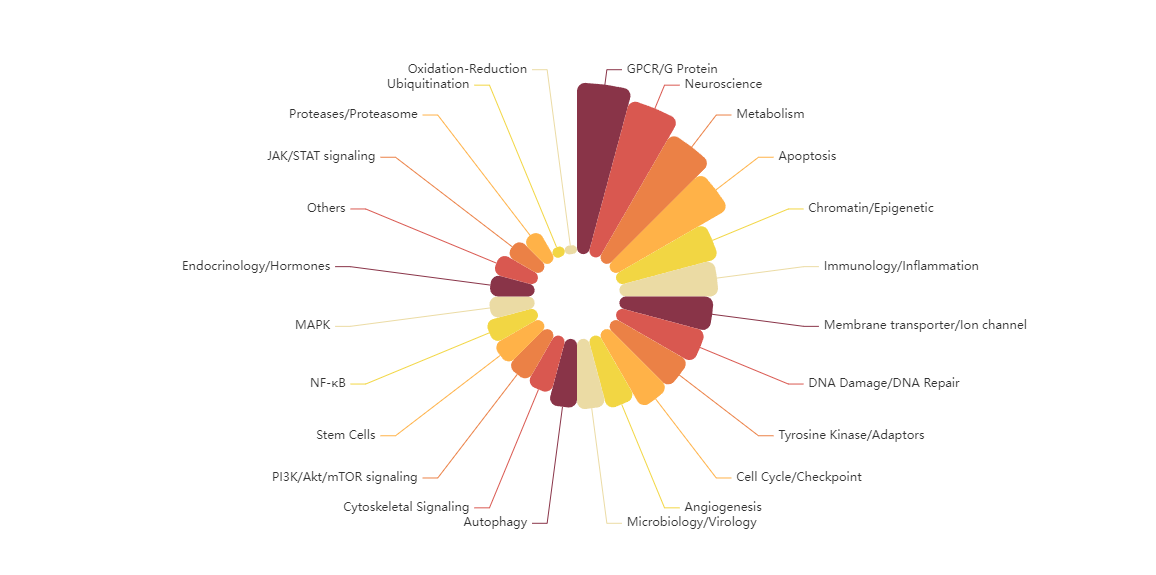
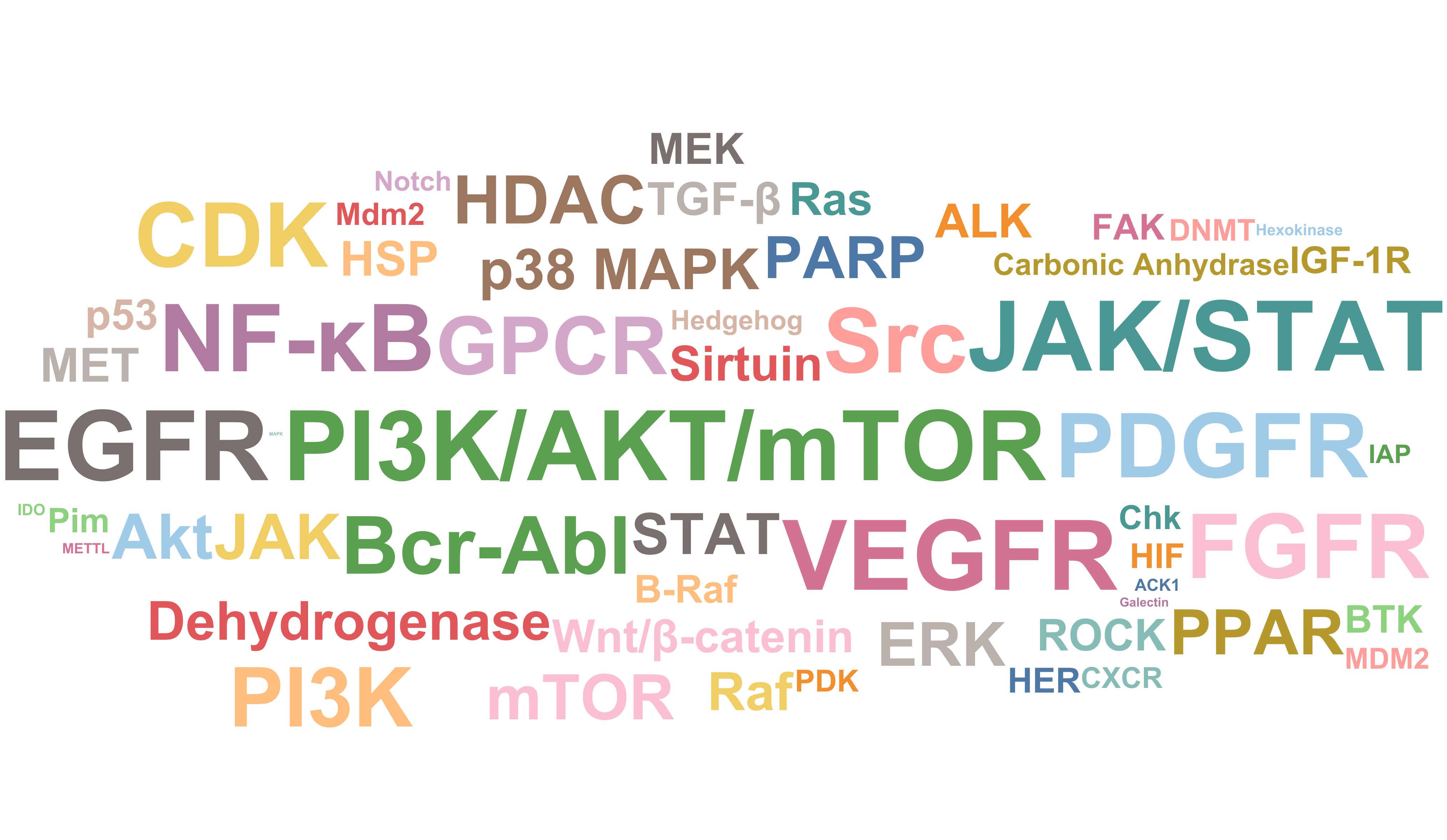
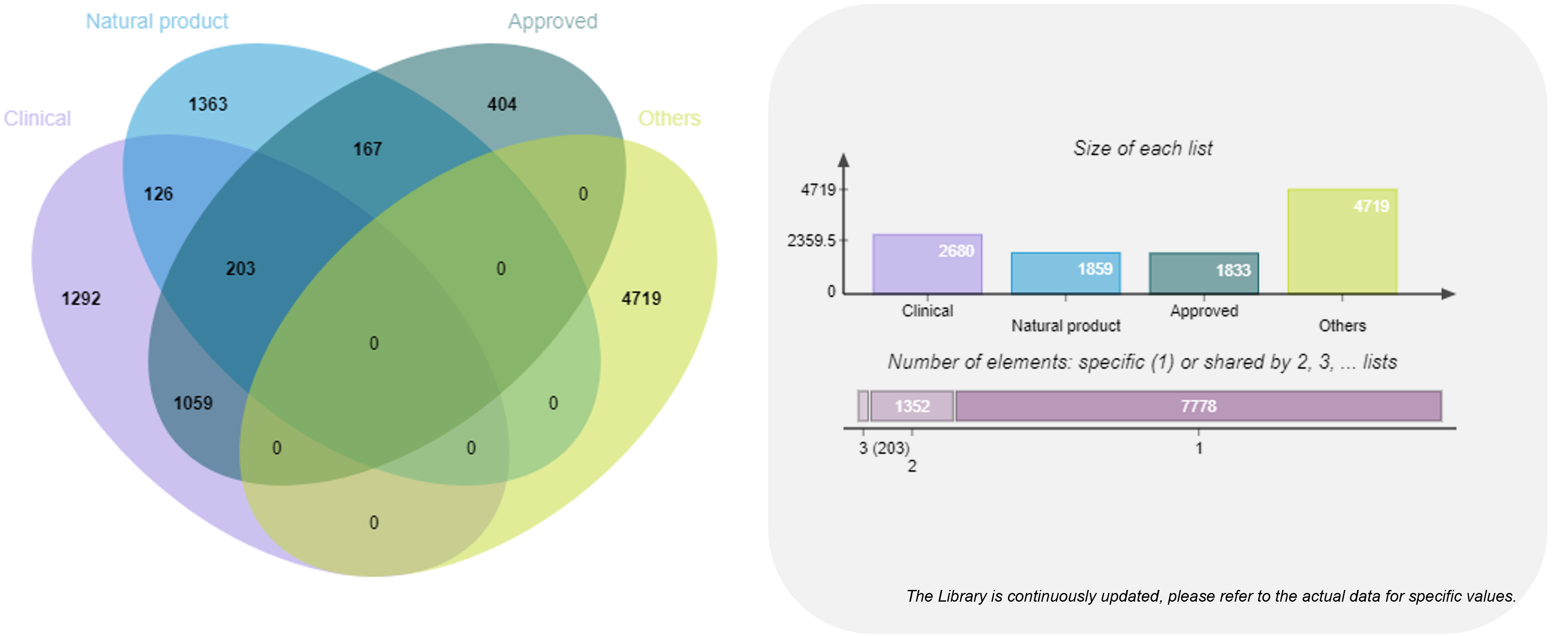
Regular Updates to Compound Libraries
TargetMol ensures compound libraries stay at the forefront of science by regularly updating our database to include the latest approved and marketed drugs.
Flexible Packaging Options
TargetMol provides a variety of standard packaging sizes (such as 30 μL, 50 μL, 100 μL, 250 μL, and 1 mg), and offer customized packaging solutions tailored to specific needs.
Personalized Custom Services
TargetMol offers fully customized screening services, including the design and synthesis of compound libraries. Our highly flexible service is designed to efficiently meet the unique needs of scientists and researchers.
 Your shopping cart is currently empty
Your shopping cart is currently empty



